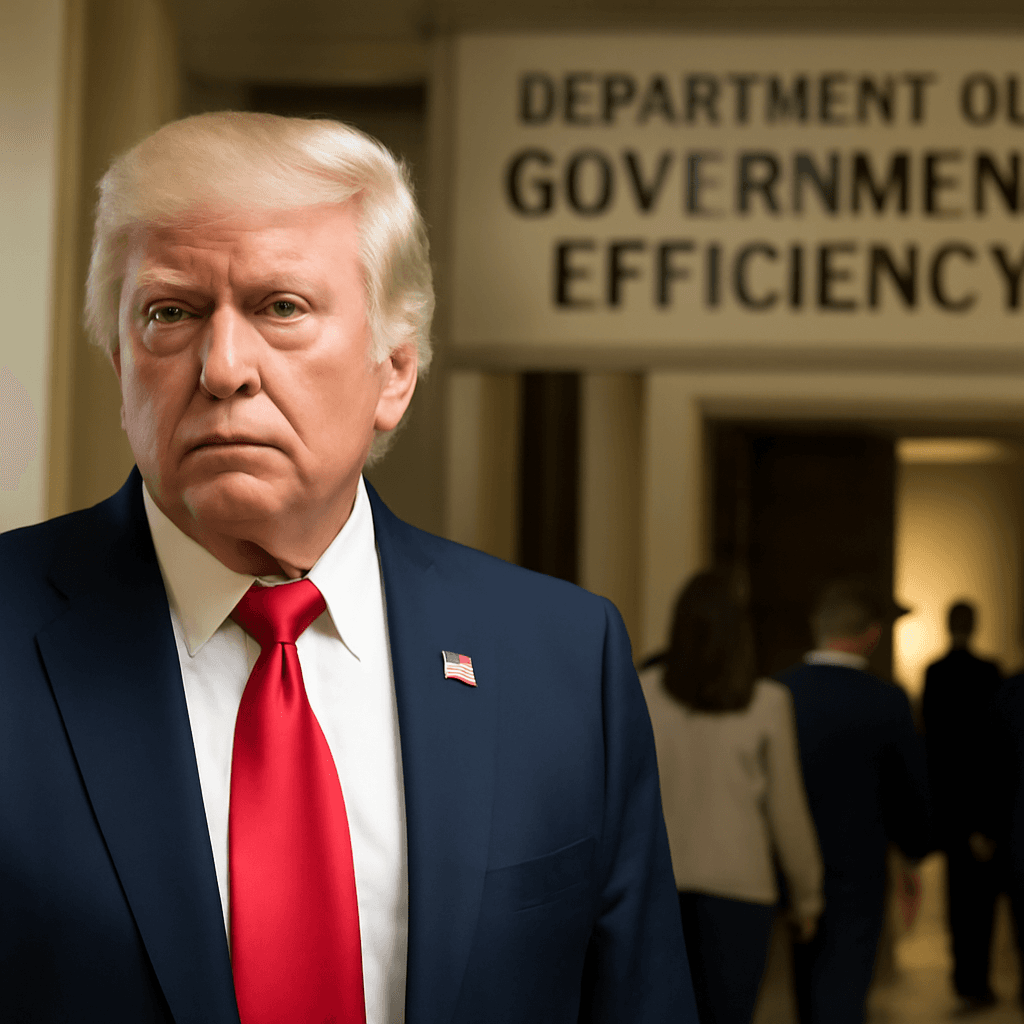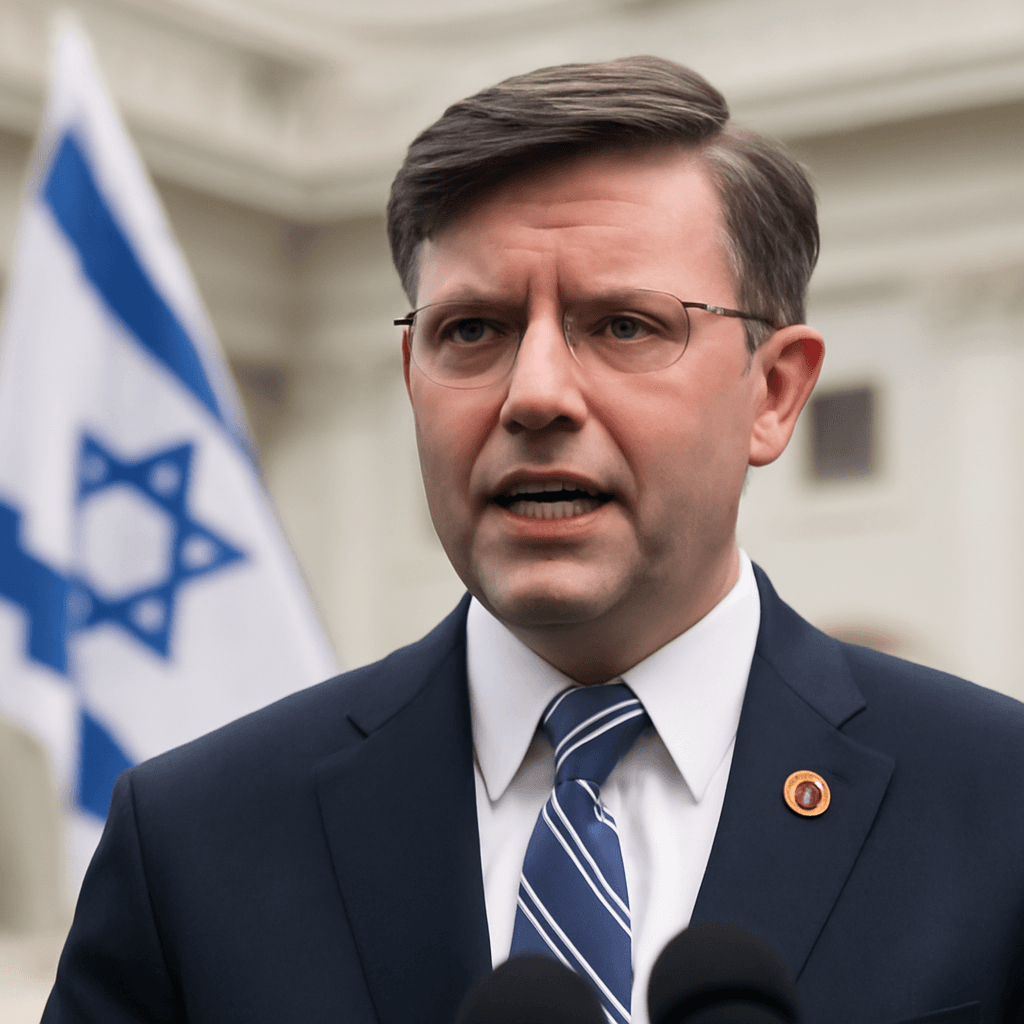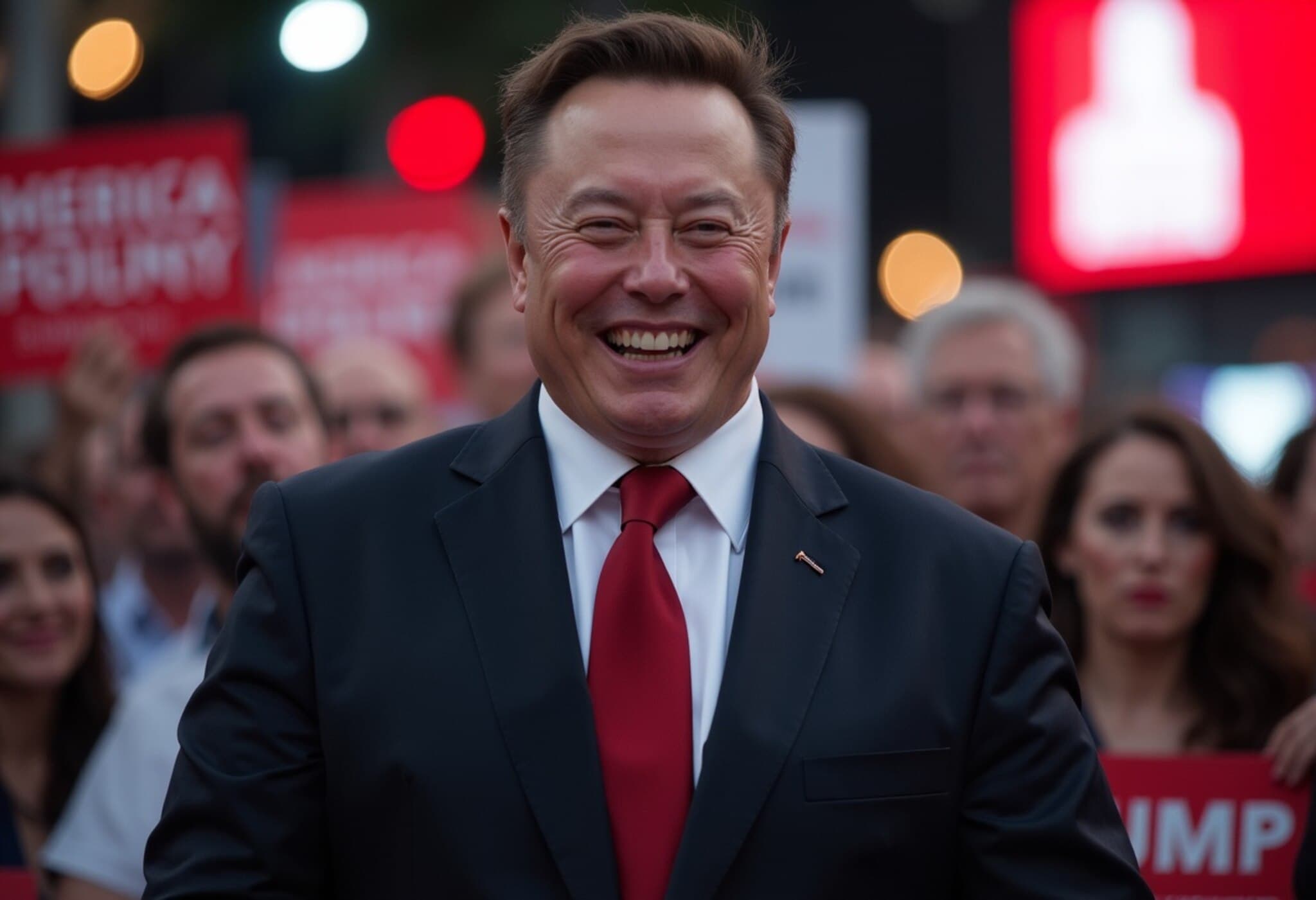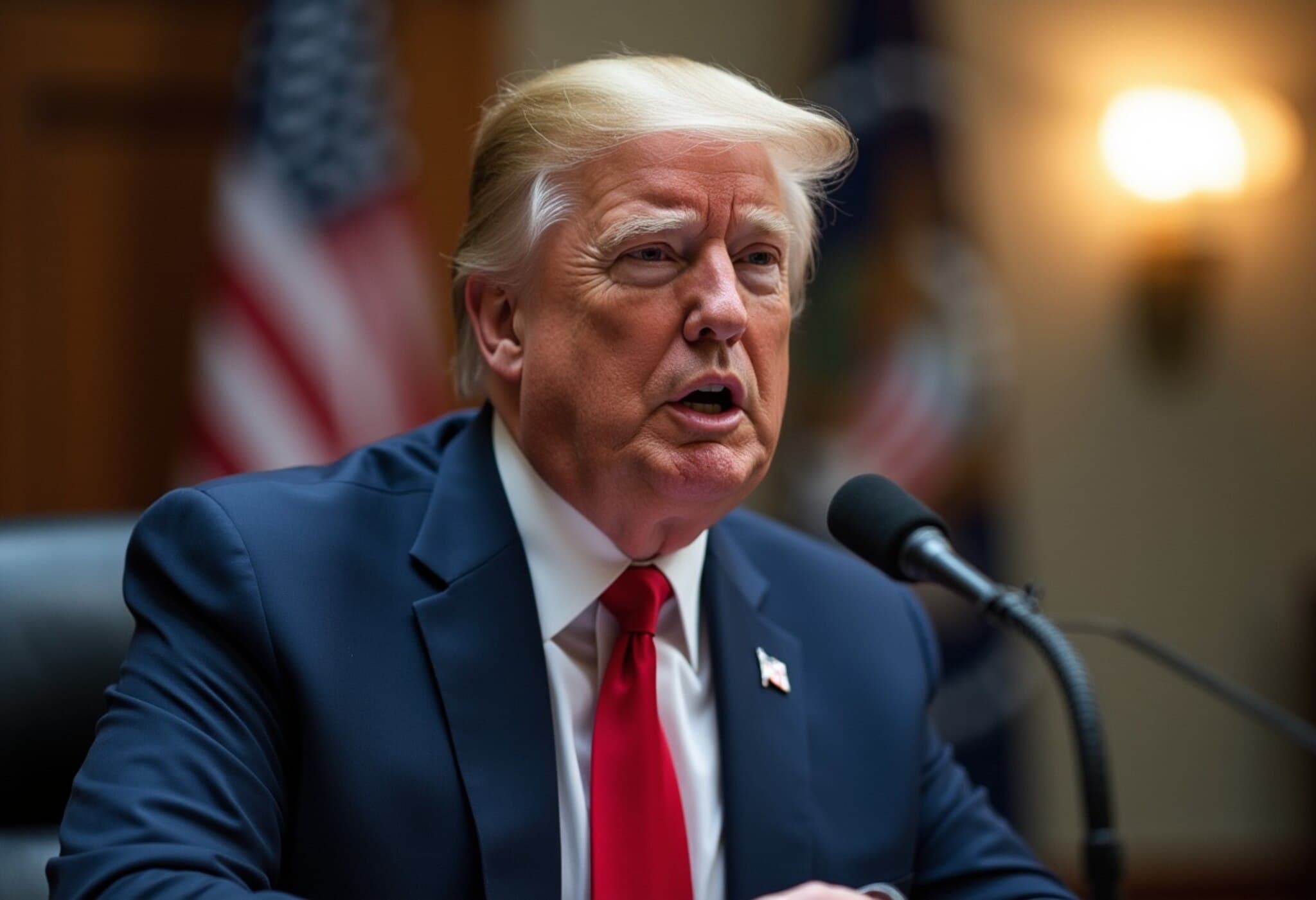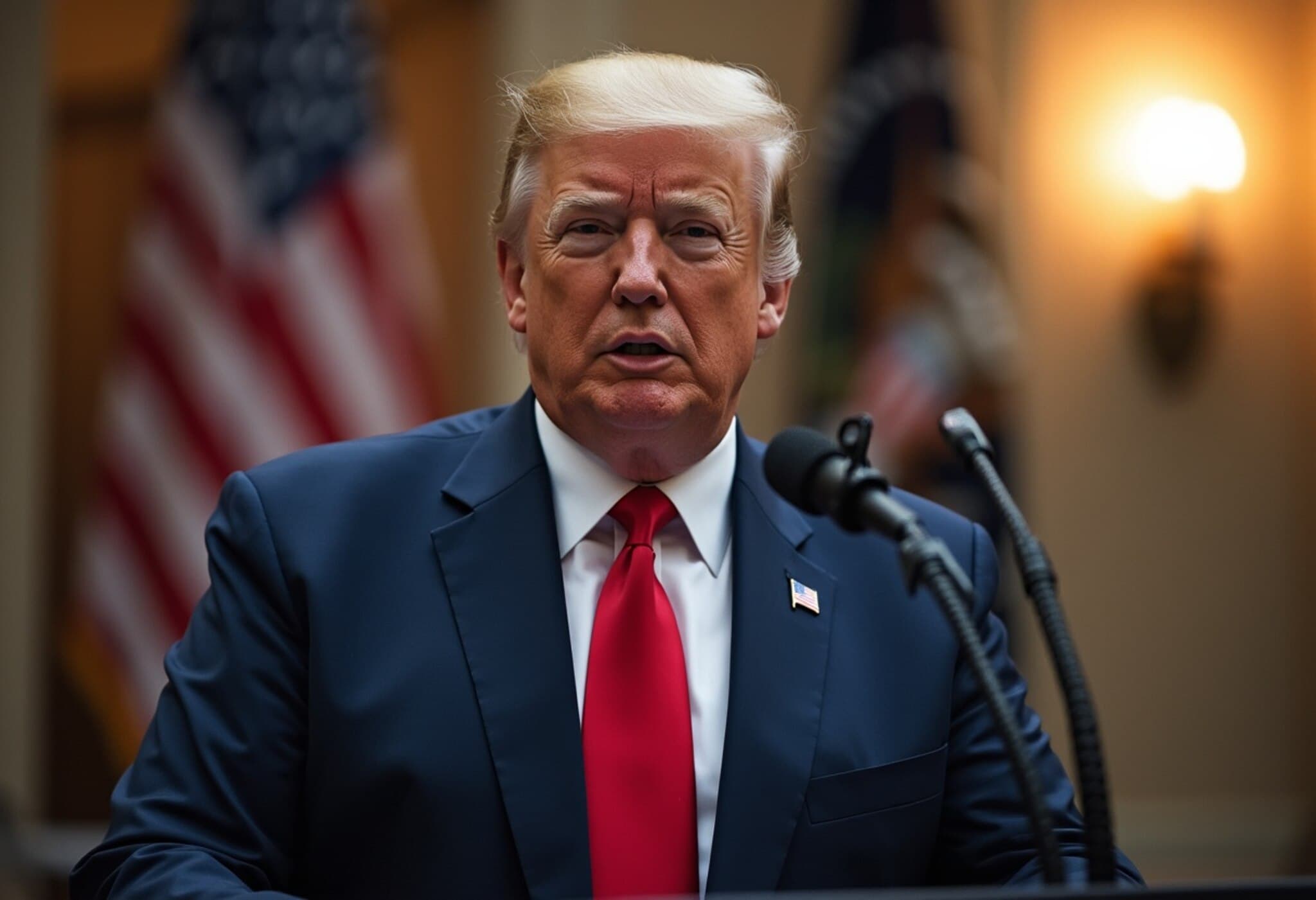VA Revises Layoff Plans After Fierce Backlash from Veterans and Lawmakers
In a significant policy reversal, the United States Department of Veterans Affairs (VA) has announced a drastic reduction in its planned workforce cuts. Originally aiming to slash 83,000 jobs — nearly 15% of its staff — the VA now intends to reduce the number to about 30,000 by the end of this fiscal year. This shift comes after widespread criticism from veterans’ groups, lawmakers, and VA employees concerned about the potential impact on veteran care.
Background: The Controversial Wave of Job Cuts
The initial proposal, revealed through a March internal memo, aimed to revert VA staffing levels back to those of 2019, trimming the workforce from over 480,000 to under 400,000 employees. This initiative was driven by an executive order signed by President Donald Trump in February 2025 that demanded sweeping job cuts to address what the administration described as a “bloated” department.
VA Secretary Doug Collins defended the move as a necessary measure to streamline operations without compromising veterans’ access to healthcare or benefits. However, the announcement provoked an immediate and vociferous outcry from across the political spectrum and veteran advocacy organizations.
Voices of Opposition: Veterans and Lawmakers Respond
- Senate Veterans’ Affairs Committee Ranking Member Richard Blumenthal condemned the plan as a “gut punch” and criticized its “malevolence and cruelty” towards former service members.
- House Veterans’ Affairs Committee Ranking Member Mark Takano labeled the proposal “incomprehensible”, warning that significant staff cuts could deepen critical care backlogs and imperil timely service to veterans.
- Multiple advocacy groups and frontline VA workers warned that such sharp reductions risk undermining the quality, efficiency, and responsiveness of veteran services.
Current Workforce Trends and Attrition Dynamics
According to the VA’s July 7 statement, the department employed approximately 484,000 people in January 2025, dropping to 467,000 by June, marking a loss of roughly 17,000 employees. Expected departures through the end of September will further reduce numbers, attributing to voluntary retirements, resignations, and hiring freezes rather than forced layoffs.
The announcement emphasized that these natural attrition factors will eliminate the need for the initially proposed broad “reduction-in-force”, signaling a strategic pivot to less disruptive workforce realignment.
Balancing Efficiency and Care: The Road Ahead for the VA
This episode highlights the complex challenge the VA faces in balancing fiscal responsibility with its mission to serve veterans effectively. Experts caution that while eliminating inefficiencies is important, staff shortages could exacerbate wait times, reduce mental health resource availability, and strain veterans’ benefits processing at a time when demand remains high.
From a policy perspective, this controversy underscores the crucial role of transparent stakeholder engagement before initiating sweeping organizational changes in sensitive government agencies.
Regional and Economic Implications
At a time when many veteran populations are concentrated in states like California, Texas, and Florida, workforce cuts could ripple through local economies dependent on VA employment and related services. Additionally, given increased veteran mental health needs post-pandemic, experts argue that maintaining robust staffing is vital to prevent systemic care delays.
Looking Forward: Key Questions and Context
- How will the VA balance ongoing budget pressures amidst rising healthcare costs for veterans?
- What oversight mechanisms are in place to ensure workforce reductions do not degrade care quality?
- Could this episode catalyze broader reforms in how veteran services are funded and managed?
Editor’s Note
The VA’s decision to scale back massive job cuts illustrates the powerful role public advocacy and legislative oversight play in shaping policies that directly affect millions of veterans. While fiscal efficiency remains a valid government objective, the human costs associated with understaffing a cornerstone agency demand vigilant scrutiny. As veteran needs evolve, so too must the VA’s approach—balancing operational reforms with compassionate, high-quality care.
This unfolding story invites readers to consider: In an era of tight budgets, how do we ensure that veterans, who have sacrificed for their country, receive the timely, dignified care they deserve?











